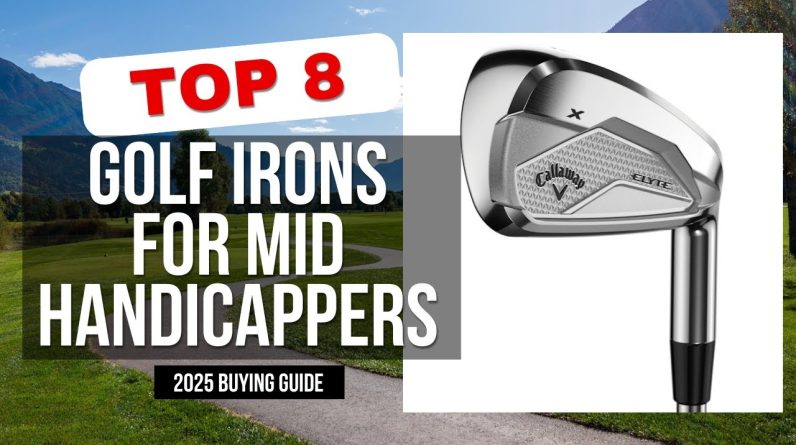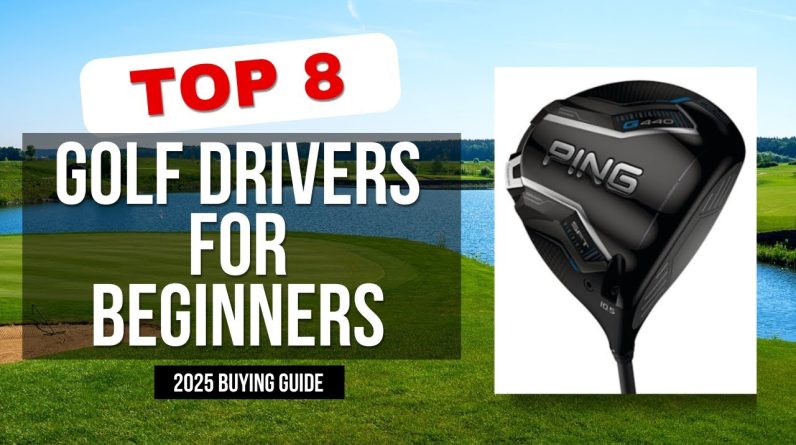6 Things I WISH I Knew Before Buying My First Set Of Clubs!
Buying your first set of golf clubs can feel like navigating a maze – from choosing the right types, brands, to understanding fittings and budget. When I bought my first clubs, I wish someone laid it all out clearly for me. To help you avoid rookie mistakes and set you up for success on the course, here are the six things I wish I knew before purchasing my first golf clubs.
1. Not All Golf Clubs Are Created equal: Understand Club Types
One of the biggest surprises I faced was just how many types of golf clubs exist and the role each one plays in a round. here’s a quick breakdown:
- Drivers: Used off the tee for maximum distance.
- Fairway Woods: Great for long shots from the fairway or rough.
- Irons: Most versatile clubs used for everything from tee shots on par-3s to approach shots.
- Wedges: Specialized irons for short shots, chips, and sand escapes.
- Putter: Designed specifically for rolling the ball on the green.
Before buying a set, I recommend understanding what clubs you’ll need most depending on your playing style and course conditions. Many beginner sets come with a mix, but sometimes you might want to customize.
2. Custom Fitting is Worth Every Penny
A common mistake I made was buying off-the-rack clubs without considering my own height, swing speed, and style.This cost me accuracy and comfort. Custom fitting helps you find:
- Proper shaft length
- Shaft flex matching your swing
- correct lie angle
- Grip size comfort
Even if you’re on a budget, many golf shops or sporting stores offer affordable fitting sessions or virtual fittings that can drastically improve your game. A well-fitted set can lower your handicap faster and make the game much more enjoyable.
3. Buy Incrementally: You Don’t Need a Full Set Immediately
You might feel pressured to buy a full 14-club set right away, but it’s smarter and cheaper to start with the essentials and add clubs as you improve. Consider beginning with:
- A driver
- A few irons (like 5, 7, & 9 irons)
- The putter
As your skills progress, you can decide wich wedges or fairway woods to add. This approach provides adaptability and avoids overspending.
4. Pay Attention to Shafts: Steel vs. Graphite
The material of your shaft affects weight, feel, and performance:
| Feature | Steel shafts | Graphite Shafts |
|---|---|---|
| Weight | Heavier | Lighter |
| durability | Highly durable | Less durable but more flexible |
| Swing Speed Suitability | Faster swings | Slower swings, beginners |
| Cost | Generally cheaper | Usually more expensive |
Beginners frequently enough benefit from graphite shafts as they reduce fatigue and add a bit more swing speed. However, testing both types will help you find your preference.
5. Don’t Overlook the Importance of Grip
Grips are a golf club’s connection to your hands,and finding the right one impacts control and comfort. When buying your first set, pay attention to:
- Grip size – small, standard, or oversized
- Material – rubber, synthetic, corded (for wet conditions)
- Texture – choose based on feel and weather conditions in your area
Many clubs come with standard grips, but these may not suit your hand size or preferences. Don’t hesitate to replace grips early on to boost confidence in your swing.
6.Brand and Price Don’t Always Equal Quality
It’s tempting to splurge on top-name clubs from brands like Callaway,TaylorMade,or Titleist as of their reputation. While these can be great, I learned that many lesser-known or even used clubs provide excellent quality for a fraction of the price.
Here’s a quick buy vs. rent vs. used table to consider:
| Option | Cost | Suitability | Pros | Cons |
|---|---|---|---|---|
| New Clubs (Brand Name) | High | Serious beginners to advanced | Latest tech, warranty | Expensive |
| Used Clubs | Low to moderate | Budget-conscious beginners | Affordable, good quality options | Condition varies |
| Rent Clubs | Lowest | Trying sport before buying | no commitment, low cost | Limited selection, less personalization |
My advice? Start with a reliable set within your budget, and upgrade as your skills and confidence grow.
Bonus Tips: practical Advice for First-Time Club Buyers
- Test before You buy: Head to a golf store or driving range that allows you to demo clubs. your hands-on experience is invaluable.
- Watch Reviews: Use YouTube and golf forums to get honest opinions from amateurs and pros alike.
- Consider your Local Course: Course type (links, parkland) and typical weather can influence the type of clubs you might want.
- Keep Your Set Simple: Complexity can overwhelm beginners. A well-chosen subset is better than a full drawer of unused clubs.
- budget for Accessories: Don’t forget essentials like a decent golf bag, headcovers, and a cleaning kit—these keep your clubs in top shape.
First-Hand experience: What Changed After I Got It Right
After applying these lessons, my golf game improved more than I expected. With a custom-fitted set, lighter graphite shafts, and grip tweaks, I started hitting more accurate drives and felt way more agreeable on the course. The initial investment in learning and experimenting saved me money long-term and kept my passion alive.
If you’re about to buy your first golf clubs, keep these tips in mind and choose wisely — your future self on the green will thank you!







